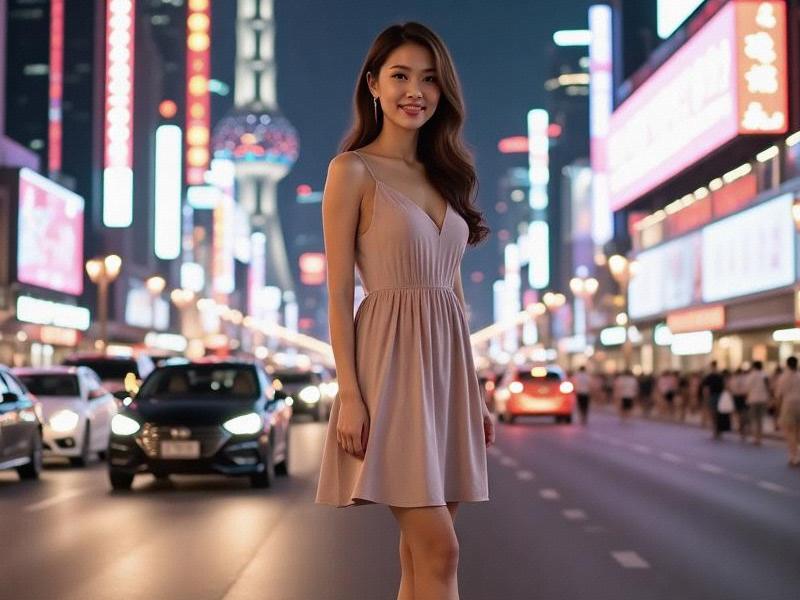This investigative report explores Shanghai's remarkable cultural transformation from colonial trading post to 21st-century creative powerhouse, examining how the city blends historical preservation with cutting-edge digital innovation to redefine Asian cultural identity.

The scent of oil paint mingles with the hum of quantum computers in Shanghai's West Bund district, where century-old industrial warehouses now house Asia's most advanced digital art studios. This unlikely combination epitomizes Shanghai's cultural metamorphosis - a city simultaneously excavating its cosmopolitan past while inventing the future of global creativity.
Shanghai's cultural statistics tell a compelling story:
- 47 new museums opened since 2020 (total now 158)
- Creative industries contribute 13.2% of city GDP (¥860 billion)
- Digital art exports grew 320% in three years
- 78% of historical buildings now have cultural functions
The transformation manifests most vividly along the Huangpu River's "Culture Corridor," where 18km of former industrial sites have been repurposed into what urban planners call "the world's longest creative coastline." At its heart lies the Power Station of Art - a converted electrical plant that now serves as China's first state-run contemporary art museum, hosting radical digital exhibitions that would be unthinkable in Beijing's more conservative art scene.
新上海龙凤419会所 Three distinct but interconnected movements drive Shanghai's cultural renaissance:
1. The Heritage Revival Movement:
- 6,000 protected historical buildings
- Adaptive reuse projects like the Columbia Circle (1920s country club turned creative park)
- "Living Heritage" program training artisans in traditional crafts
2. The Digital Avant-Garde:
- TeamLab's 10,000㎡ digital art permanent exhibition
上海贵族宝贝龙凤楼 - Blockchain-based art authentication systems
- AI-assisted traditional Chinese painting
3. The Creative Cluster Effect:
- M50 art district's 500+ studios
- Tianzifang's micro-enterprises model
- Hongqiao's emerging design hub
The economic impact is profound. Shanghai's cultural exports now surpass its textile trade, with creative services accounting for 21% of service sector growth. More importantly, the city has become Asia's premier cultural testing ground - Korean pop agencies trial new groups in Shanghai clubs before Seoul debuts, while Japanese game studios use Shanghai as their China localization lab.
上海品茶网
However, challenges lurk beneath the glittering surface. The rapid commercialization of cultural spaces threatens authentic creativity, with many artists pushed to suburbs like Songjiang. Controversies erupt over historical preservation standards, particularly in the former French Concession. Most critically, Shanghai struggles to balance its global ambitions with local identity - while international visitors increased 45%, surveys show declining interest in traditional Shanghainese culture among youth.
The human dimension appears in places like the "Artisan Alley" near Yuyuan Garden, where third-generation jade carvers work alongside VR designers. "We speak different creative languages," admits 72-year-old master carver Zhang Wei, "but we're all trying to answer the same question - what does it mean to be Shanghainese today?"
As Shanghai prepares to host the 2026 World Design Capital, fundamental questions remain. Can this cultural boom sustain without becoming purely commercial? Will digital innovation overshadow tangible heritage? The answers may determine whether Shanghai emerges as a truly global cultural capital or merely Asia's flashiest creative marketplace.
One reality is already clear: just as the phoenix rose from ashes, Shanghai's cultural soul is being reborn from the bricks of its industrial past and the pixels of its digital future - creating something entirely new in the process.